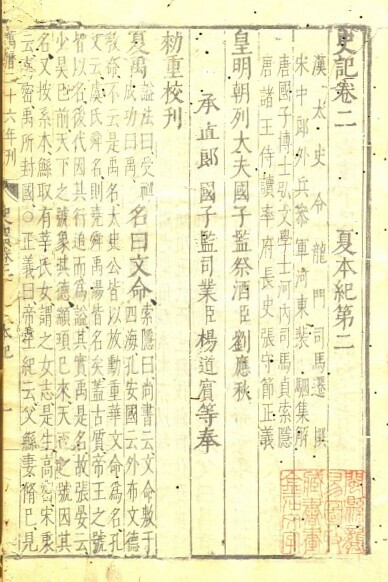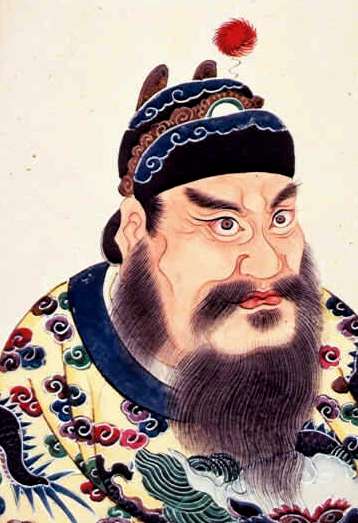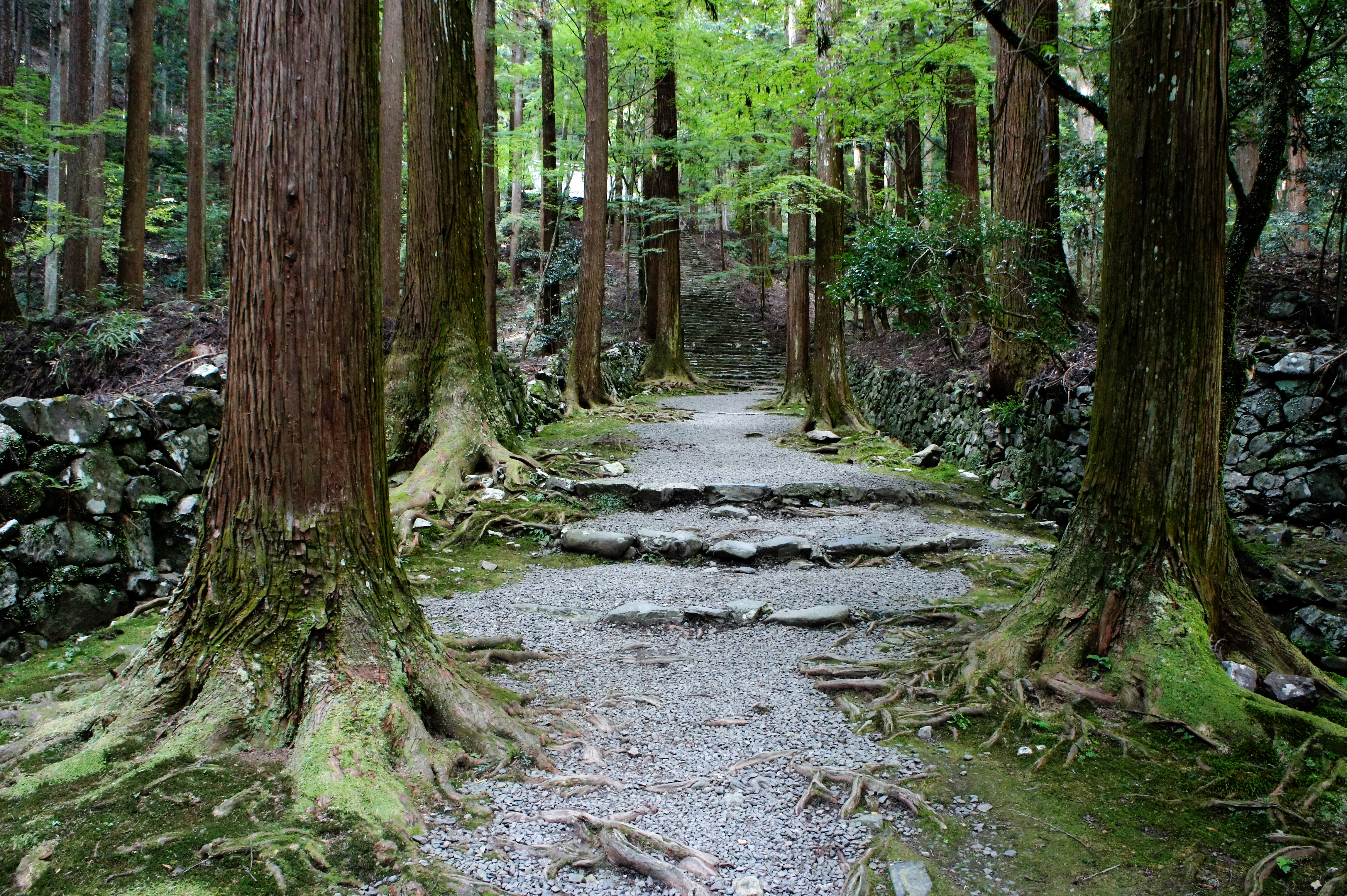|
еҸІиЁҳ
The ''Shiji'', also known as ''Records of the Grand Historian'' or ''The Grand Scribe's Records'', is a Chinese historical text that is the first of the Twenty-Four Histories of imperial China. It was written during the late 2nd and early 1st centuries BC by the Han dynasty historian Sima Qian, building upon work begun by his father Sima Tan. The work covers a 2,500-year period from the age of the legendary Yellow Emperor to the reign of Emperor Wu of Han in the author's own time, and describes the world as it was known to the Chinese of the Western Han dynasty. The ''Shiji'' has been called a "foundational text in Chinese civilization". After Confucius and Qin Shi Huang, "Sima Qian was one of the creators of Imperial China, not least because by providing definitive biographies, he virtually created the two earlier figures." The ''Shiji'' set the model for all subsequent dynastic histories of China. In contrast to Western historiographical conventions, the ''Shiji'' does not ... [...More Info...] [...Related Items...] OR: [Wikipedia] [Google] [Baidu] |
Qin Shi Huang
Qin Shi Huang (, ; February 25912 July 210 BC), born Ying Zheng () or Zhao Zheng (), was the founder of the Qin dynasty and the first emperor of China. He is widely regarded as the first ever supreme leader of a unitary state, unitary dynasties of China, dynasty in Chinese history. Rather than maintain the title of "Chinese king, king" ( ) or "suzerain#China, overlord" () borne by the previous rulers of Xia dynasty, Xia, Shang dynasty, Shang and Zhou dynasty, Zhou dynasties, he invented the title of "emperor" ( ), which would see continuous use by Chinese sovereigns and monarchy in China, monarchs for the next two millennia. Ying Zheng was born during the late Warring States period in Handan, the capital of Zhao (state), Zhao, to King Zhuangxiang of Qin, Prince Yiren and Queen Dowager Zhao, Lady Zhao. Prince Yiren was serving as an expendable hostage diplomacy, diplomatic hostage in Zhao at the time, but the wealthy merchant LГј Buwei saw potential in him and lobbied fo ... [...More Info...] [...Related Items...] OR: [Wikipedia] [Google] [Baidu] |
Twenty-Four Histories
The ''Twenty-Four Histories'', also known as the ''Orthodox Histories'' (), are a collection of official histories detailing the dynasties of China, from the legendary Three Sovereigns and Five Emperors in the 4th millennium BC to the Ming dynasty in the 17th century. The Han dynasty official Sima Qian established many of the conventions of the genre, but the form was not fixed until much later. Starting with the Tang dynasty, each dynasty established an official office to write the history of its predecessor using official court records, partly in order to establish its own link to the earliest times. As fixed and edited in the Qing dynasty, the whole set contains 3,213 volumes and about 40 million words. It is considered one of the most important sources on Chinese history and culture. The title ''Twenty-Four Histories'' dates from 1775, which was the 40th year in the reign of the Qianlong Emperor. This was when the last volume, the '' History of Ming'', was reworked and ... [...More Info...] [...Related Items...] OR: [Wikipedia] [Google] [Baidu] |
Sima Qian
Sima Qian () was a Chinese historian during the early Han dynasty. He is considered the father of Chinese historiography for the ''Shiji'' (sometimes translated into English as ''Records of the Grand Historian''), a general history of China covering more than two thousand years from the rise of the legendary Yellow Emperor and formation of the first Chinese polity to the reign of Emperor Wu of Han, during which Sima wrote. As the first universal history of the world as it was known to the ancient Chinese, the ''Shiji'' served as a model for official histories for subsequent dynasties across the Sinosphere until the 20th century. Sima Qian's father, Sima Tan, first conceived of the ambitious project of writing a complete history of China, but had completed only some preparatory sketches at the time of his death. After inheriting his father's position as court historian in the imperial court, he was determined to fulfill his father's dying wish of composing and putting together th ... [...More Info...] [...Related Items...] OR: [Wikipedia] [Google] [Baidu] |
Sima Zhen
Sima Zhen (; 679вҖ“732), courtesy name Zizheng (Tzu-cheng; еӯҗжӯЈ), was a Tang dynasty Chinese historian born in what is now Jiaozuo, Henan. Sima Zhen was one of the most important commentators on the ''Shiji The ''Shiji'', also known as ''Records of the Grand Historian'' or ''The Grand Scribe's Records'', is a Chinese historical text that is the first of the Twenty-Four Histories of imperial China. It was written during the late 2nd and early 1st cen ...''. His commentary is known as the ''Shiji Suoyin'' (), which means "Seeking the Obscure in the ''Records of the Grand Historian''". References Further reading * Schwaab-Hanke, Dorothee, ''Why did Sima Zhen want to correct the Shiji's account of High Antiquity?'' Paper submitted to the IJSCS Conference 'Thought, Body, Culture. New Approaches to Chinese Historical Studies', to be held at the National Ts'ing-hua University, Hsinchu, Taiwan, Nov. 12-14, 2004. Clicherefor her ''preliminary draft''. External linksвҖ” China ... [...More Info...] [...Related Items...] OR: [Wikipedia] [Google] [Baidu] |
Ishiyama-dera
is a Shingon temple in ЕҢtsu in Japan's Shiga Prefecture. This temple is the thirteenth of the Kansai Kannon Pilgrimage. History It was constructed around 747 CE, and is said to have been founded by RЕҚben. The temple contains a number of cultural assets. The temple possesses two fragments of manuscripts of the ''Records of the Grand Historian'' (''Shiji'' еҸІиЁҳ), the first of China's 24 dynastic histories, which are the only known extant fragments that pre-date the Tang dynasty (618907). According to literature available at the temple complex, the guardian carvings at Sanmon/Todaimon are by Tankei and Unkei. Allegedly, Murasaki Shikibu began writing ''The Tale of Genji'' at Ishiyama-dera during a full moon night in August 1004. In commemoration, the temple maintains a Genji room featuring a life-size figure of Lady Murasaki and displays a statue in her honor. The temple features as "The Autumn Moon at Ishiyama" ( ') in the '' Eight Views of ЕҢmi'' thematic series in art ... [...More Info...] [...Related Items...] OR: [Wikipedia] [Google] [Baidu] |
Gu Jiegang
, module = , workplaces = Peking University, Xiamen University, Sun Yat-sen University, Yenching University, Chinese Academy of Sciences, Chinese Academy of Social Sciences Gu Jiegang (8 May 1893 вҖ“ 25 December 1980) was a Chinese historian, philologist, and folklorist, noted for his critiques of traditional historiography. Born to a family of scholars in Suzhou, he developed a great interest in philology and the Chinese classics from an early age. He became involved in radical politics following the 1911 Revolution, but grew disillusioned and began to focus on historical studies. He was admitted to Peking University, where became interested in critique of the classical histories, inspired by academics such as Wang Guowei and Hu Shih. After graduating in 1920, he was hired by the university; he became active in the study of folk songs and folklore while continuing his classical philological studies. He initiated a wave of scholarly controversy between the Doubting Antiquity ... [...More Info...] [...Related Items...] OR: [Wikipedia] [Google] [Baidu] |
ЕҢtsu
270px, ЕҢtsu City Hall is the capital city of Shiga Prefecture, Japan. , the city had an estimated population of 343,991 in 153,458 households and a population density of 740 persons per km2. The total area of the city is . History ЕҢtsu is part of ancient ЕҢmi Province and has been settled since at least the Yayoi period. It was an important center of inland water transportation on Lake Biwa and was referred to in the Man'yЕҚshЕ« as and . It was also on the main land routes, the TЕҚkaidЕҚ and the NakasendЕҚ connecting the eastern provinces with the ancient capitals of Japan. Additionally, the ancient HokurikudЕҚ, which connected Kyoto to the provinces of northern Honshu, ran through ЕҢtsu. From 667 to 672, the ЕҢmi ЕҢtsu Palace was founded by Emperor Tenji was the capital of Japan. Following the Jinshin War ЕҢtsu was renamed . A new capital, Heian-kyЕҚ, (now Kyoto), was established in the immediate neighborhood in 794, and ЕҢtsu (meaning "big port") was revived as ... [...More Info...] [...Related Items...] OR: [Wikipedia] [Google] [Baidu] |
Dunhuang Manuscripts
The Dunhuang manuscripts are a wide variety of religious and secular documents (mostly manuscripts, including Hemp paper, hemp, silk, paper and Woodblock printing, woodblock-printed texts) in Old Tibetan, Tibetan, Chinese, and other languages that were discovered by an itinerant Daoist monk called Wang Yuanlu in 1900 at the Mogao Caves of Sachu in East Turkestan (now Dunhuang, Gansu, China). Wang Yuanlu took control of the Mogao caves, and sold the manuscripts to Paul Pelliot and Aurel Stein for a very low price. Knowing the Philology, philological value of the Dunhuang manuscripts, Stein and Pelliot bought them from Wang and took them from China to Europe. The majority of the surviving texts come from a large cache of documents produced at the Sachu historic printing center between the late 4th and early 11th centuries, which had been sealed in the Mogao Caves#The Library Cave, Library Cave (Cave 17) at some point in the early 11th century. The printing center at Sachu (Dunhu ... [...More Info...] [...Related Items...] OR: [Wikipedia] [Google] [Baidu] |
Zhonghua Book Company
Zhonghua Book Company (), formerly spelled Chunghwa or Chung-hua Shu-chГј, and sometimes translated as Zhonghua Publishing House, are Chinese publishing houses that focuses on the humanities, especially classical Chinese works. Currently it has split into a few separate companies. The main headquarters is in Beijing, while Chung Hwa Book (Hong Kong) is headquartered in Hong Kong. The Taiwan branch is headquartered in Taipei. History The company was founded in Shanghai on 1 January 1912 as the Chung Hwa Book Co., Ltd. () by Lufei Kui, a former manager of the Commercial Press, another Shanghai-based publisher that had been established in 1897. From the year of its foundation to the birth of the People's Republic of China in 1949, it published about 5,700 titles, excluding reprints. The Chung Hwa Book Co., Ltd. was one of the companies that printed banknotes for the Central Bank of China from 1931 to 1949. Zhonghua's punctuated editions of the ''Twenty-Four Histories'' have beco ... [...More Info...] [...Related Items...] OR: [Wikipedia] [Google] [Baidu] |
KЕҚzan-ji
, officially , is a Buddhist temple of the Omuro sect of Shingon Buddhism in Umegahata ToganЕҚchЕҚ, UkyЕҚ-ku, Kyoto, UkyЕҚ Ward, Kyoto, Japan. KЕҚzan-ji is also known as KЕҚsan-ji and ToganЕҚ-dera. The temple was founded by the Shingon scholar and monk MyЕҚe (1173вҖ“1232) and is renowned for its numerous national treasures and important cultural properties. The ChЕҚjЕ«-jinbutsu-giga, a group of ink paintings from the 12th and 13th centuries, are among the most important treasures of KЕҚzan-ji. The temple celebrates BiyakkЕҚshin, ZenmyЕҚshin and Kasuga MyЕҚjin, as well as the temple's tutelary ShintЕҚ deity. In 1994, it was registered as part of the UNESCO World Heritage Site "Historic Monuments of Ancient Kyoto". History Togano, located deep in the mountains behind Jingo-ji temple, which are famous for their autumn foliage, is considered an ideal location for mountain asceticism, and there have long been many small temples in this location. In addition to Kosan-ji, there have ... [...More Info...] [...Related Items...] OR: [Wikipedia] [Google] [Baidu] |
TЕҚyЕҚ Bunko
The , or Oriental Library, is Japan's largest Asian studies library and one of the world's five largest, located in Tokyo. It also functions as a research institute dedicated to the study of Asian history and culture. It has greatly contributed to the development of Asian Studies through the acquisition of books and other source materials as well as the publication of research by Japanese scholars. Presently, the library contains approximately 950,000 volumes which are cataloged linguistically according to Asian, Western and Japanese language materials. History Establishment and the early history The Oriental Library had its beginnings in 1917 when Hisaya Iwasaki, former third President of the Mitsubishi Company, purchased the vast private collection of China-related publications of Australian adventurer, journalist, and Republic of China government adviser George Morrison. After the purchase, he improved the collection by increasing the number of classical Chinese, Japanese, an ... [...More Info...] [...Related Items...] OR: [Wikipedia] [Google] [Baidu] |








